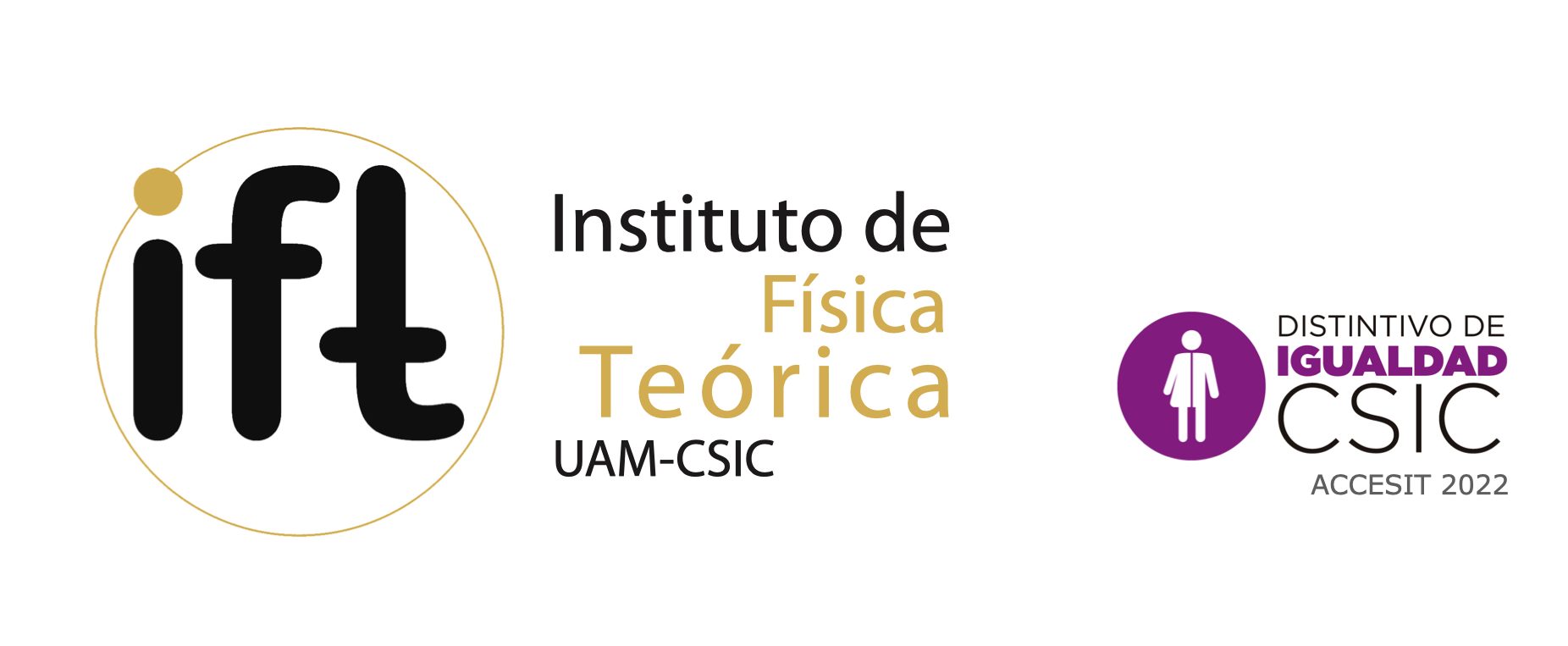- An article on the arXiv highlights the importance of collaborative efforts in emerging or developing regions for the global landscape in high-energy physics.
- In a follow-up work, the authors provide an overview of activities and efforts in the field of high-energy physics (HEP) in Africa and Latin America.
The authors of the arXiv preprint 2203.10060 have recently outlined the global benefits of engaging with developing countries. The document, titled “Why should the US care about high-energy physics in Africa and Latin America?” provides several examples in the context of the strategic planning process for high-energy physics in the US, Snowmass’21. The article underscores the significance of collaborative efforts, which not only strengthen local science but also have a substantial impact on the global landscape of high-energy physics.
The article includes a list of recommended investments, stressing how these would benefit all parties involved. Examples of these include exchange programs to fund short-term visits; bridge programs that facilitate the reintegration of physicists back in their home countries; or a wider recognition of the economic disparities of some countries and the support for more equitable ways which allow them to contribute, for example, to large international collaborations and other international efforts.
Although the document focuses on the US as a specific example, many of the arguments and conclusions reached are rather general and would also apply to other countries, as well as to other fields of research besides high-energy physics.
The general arguments outlined above are complemented by a second work on this line, arXiv: 2308.15373. This second article, titled “High Energy Physics in Africa, Latin America and other developing regions“, outlines and summarizes the current and past participation of African and Latin American countries in international experimental collaborations in the field of high-energy physics:
In the African context, Morocco, Egypt, and South Africa stand out with robust high-energy physics programs, actively collaborating on global projects. Nations like Madagascar, Nigeria, Tunisia, Algeria, and Senegal have also joined international collaborations, promoting research in the region.
In the case of Latin America, the authors highlight the recent creation of the Latin American Association for High Energy, Cosmology, and Astrophysics (LAA-HECAP, which now has over 450 members). The region hosts significant installations in particle astrophysics, including the Pierre Auger Observatory in Argentina, the HAWC observatory in Mexico, or the CTA-South project in Chile. Moreover, 2023 witnessed Brazil’s associate membership in CERN, and there is great anticipation for the International Conference on High Energy Physics (ICHEP) to be held in Latin America in 2026.
Finally, regarding other countries the authors highlight Nepal as a promising seed in high-energy physics. Despite the lack of university-based high-energy physics programs, Nepal has launched various training initiatives in high-energy physics and has already established valuable connections with CERN and ICTP, hinting at its potential growth in this field.

